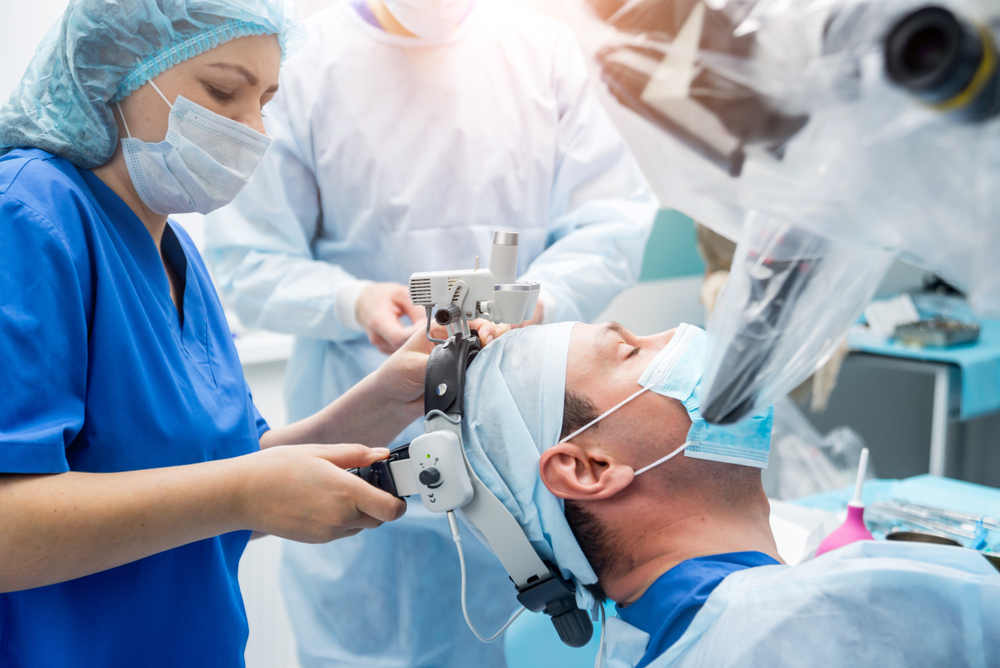Doctors at Northwell Health’s Feinstein Institutes for Medical Research have combined AI with 5 microchip brain implants to enable a quadriplegic man to move and feel his hands and arms again.
Keith Thomas, from Long Island, broke his neck in 2020 after diving into a swimming pool and was paralyzed from the chest down. Keith, now 45, is participating in a groundbreaking trial of “AI-infused surgery” and has experienced some promising results.
When he broke his neck the neural connections between his brain, spinal cord, and limbs were severed. As a result, doctors told him that he would likely never regain the use of his arms, let alone walk.
Up until fairly recently, the idea of remapping and recreating the neural connections was little more than a surgeon’s dream. With the help of artificial intelligence and advanced microchips, this is now a reality.
Doctors inserted 5 microchip implants into Keith’s brain and connected them to a computer running AI software. The microchips were connected to his brain by means of hundreds of tiny sensors. The sensors were connected directly to the areas of his brain that were responsible for moving his arms.
As Keith generated the thought patterns related to moving his hands and arms, the AI worked on how to remap and rewire the neurons in his brain and spinal cord to get around the ones that weren’t working anymore.
“This is the first time a paralyzed person is regaining movement and sensation by having their brain, body, and spinal cord electronically linked together,” Chad Bouton, a professor at Feinstein’s Institute of Bioelectronic Medicine said.
As the AI worked along with the brain implants and the capacity our brains have for plasticity, the doctors were essentially performing a double brain bypass. By rewiring Keith’s brain to use different neural pathways he slowly regained control of his hands and arms.
Before the AI-assisted surgery, Keith couldn’t move his arms and hands at all. Now he can lift and move them and even experience the sensation of touch as he holds his sister’s hand.
Using AI and microchips to create an electronic bridge in humans holds the promise of treating other neurological disorders. Doctors hope that building on the pioneering surgery Keith has gone through will enable them to treat other paralyzed people or those suffering from MS.
AI-assisted neurological rewiring could also eventually be used to restore hearing and sight to deaf and blind people.





